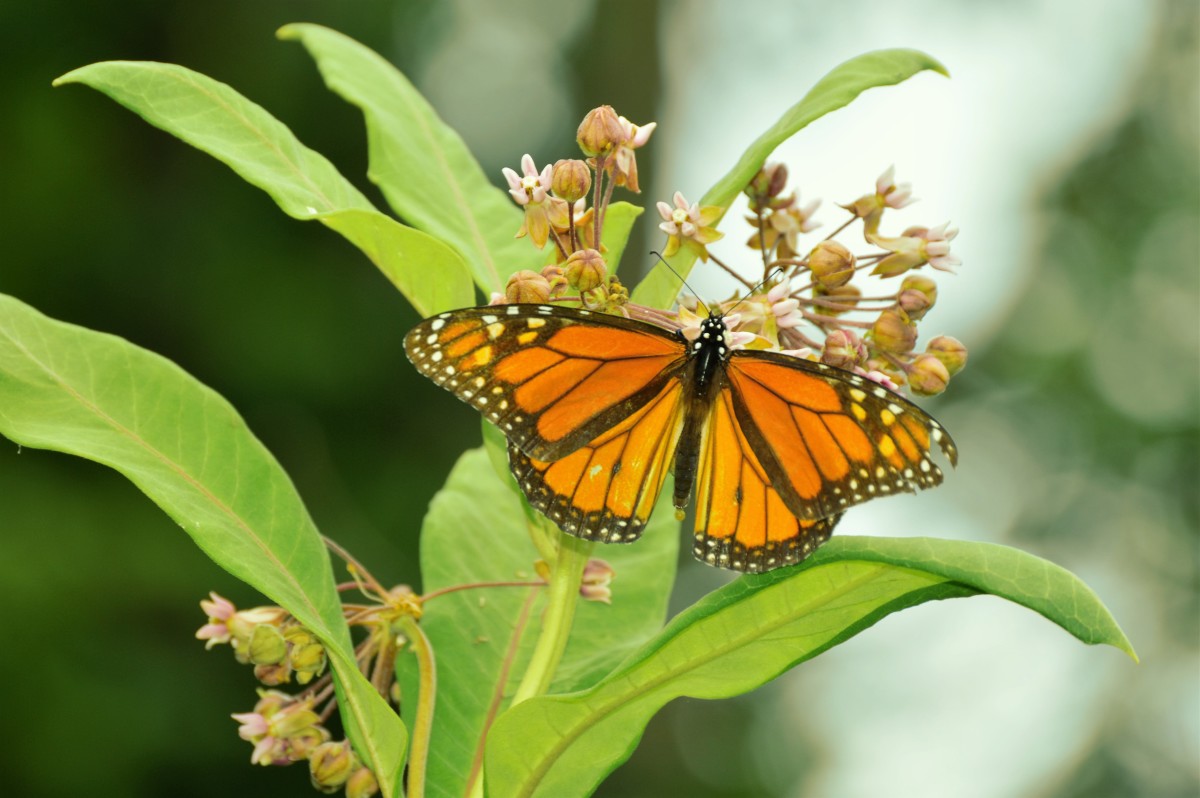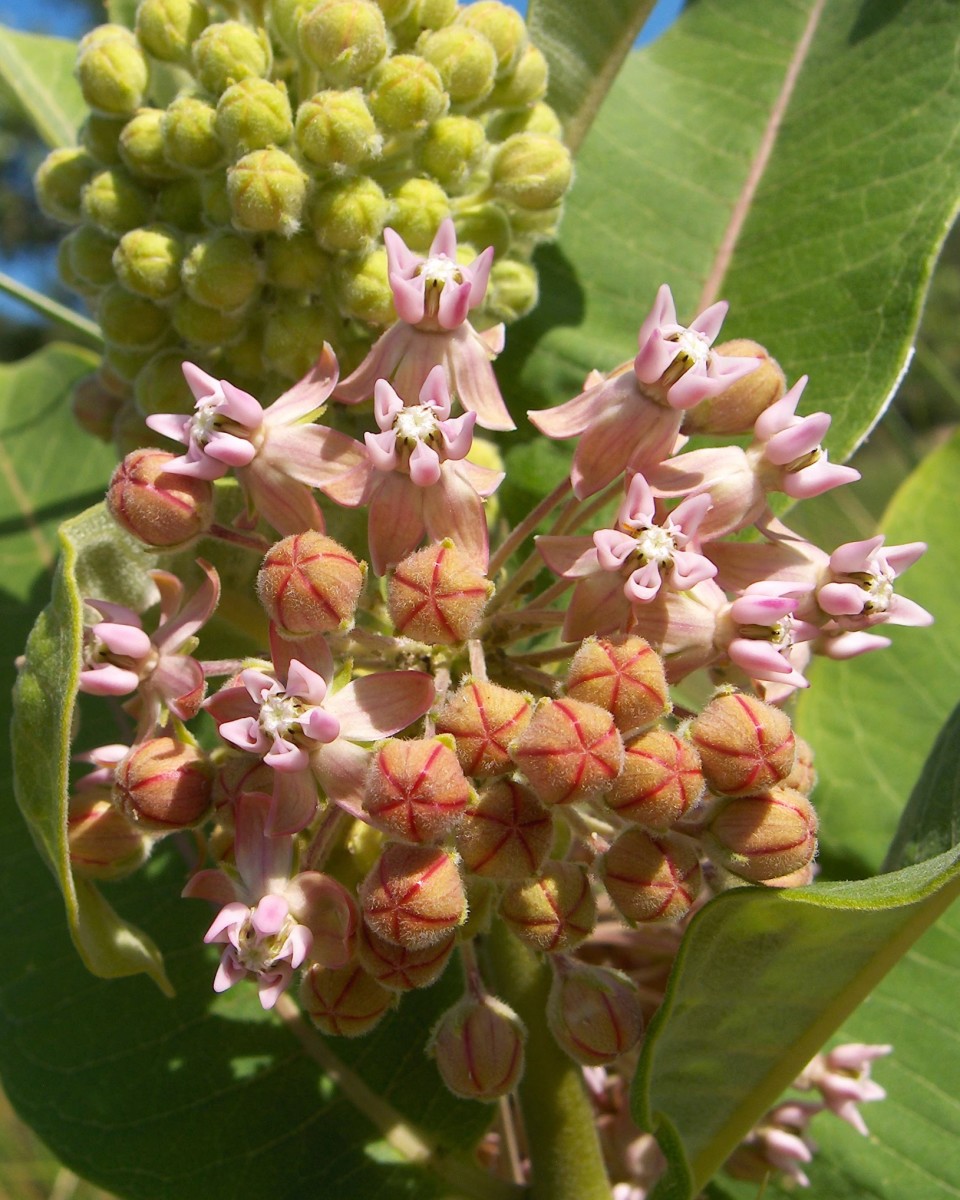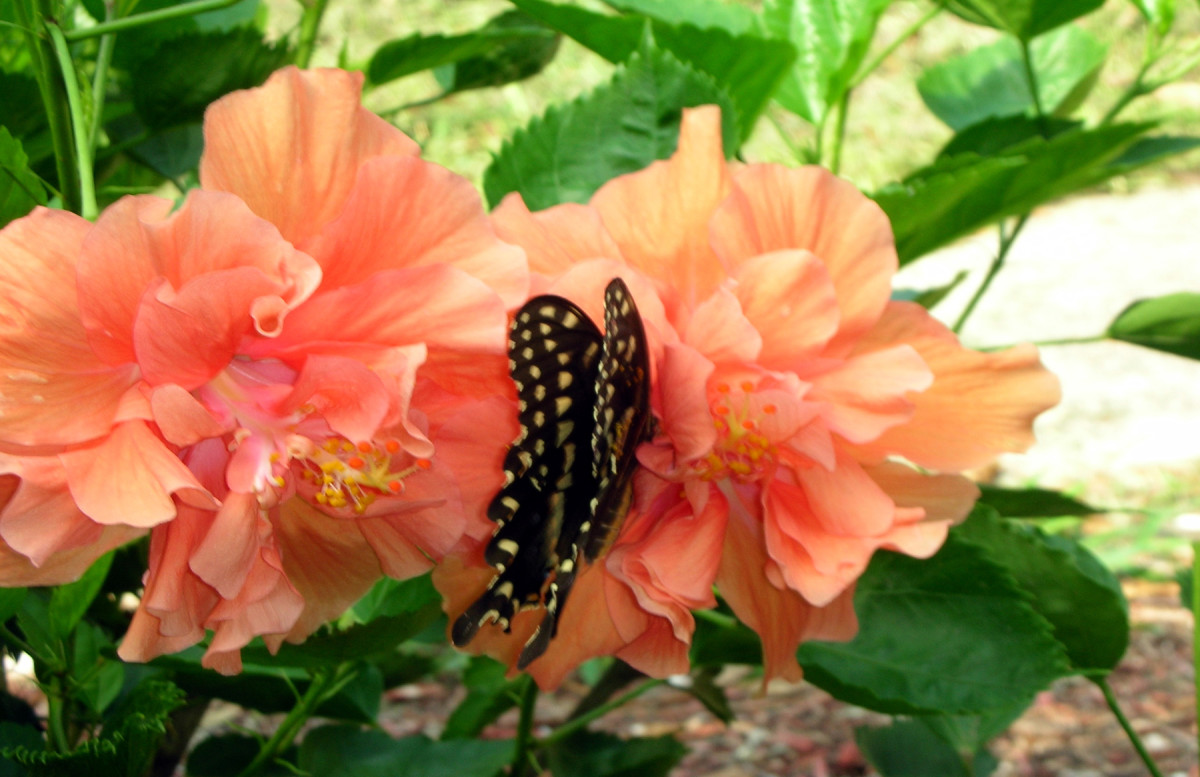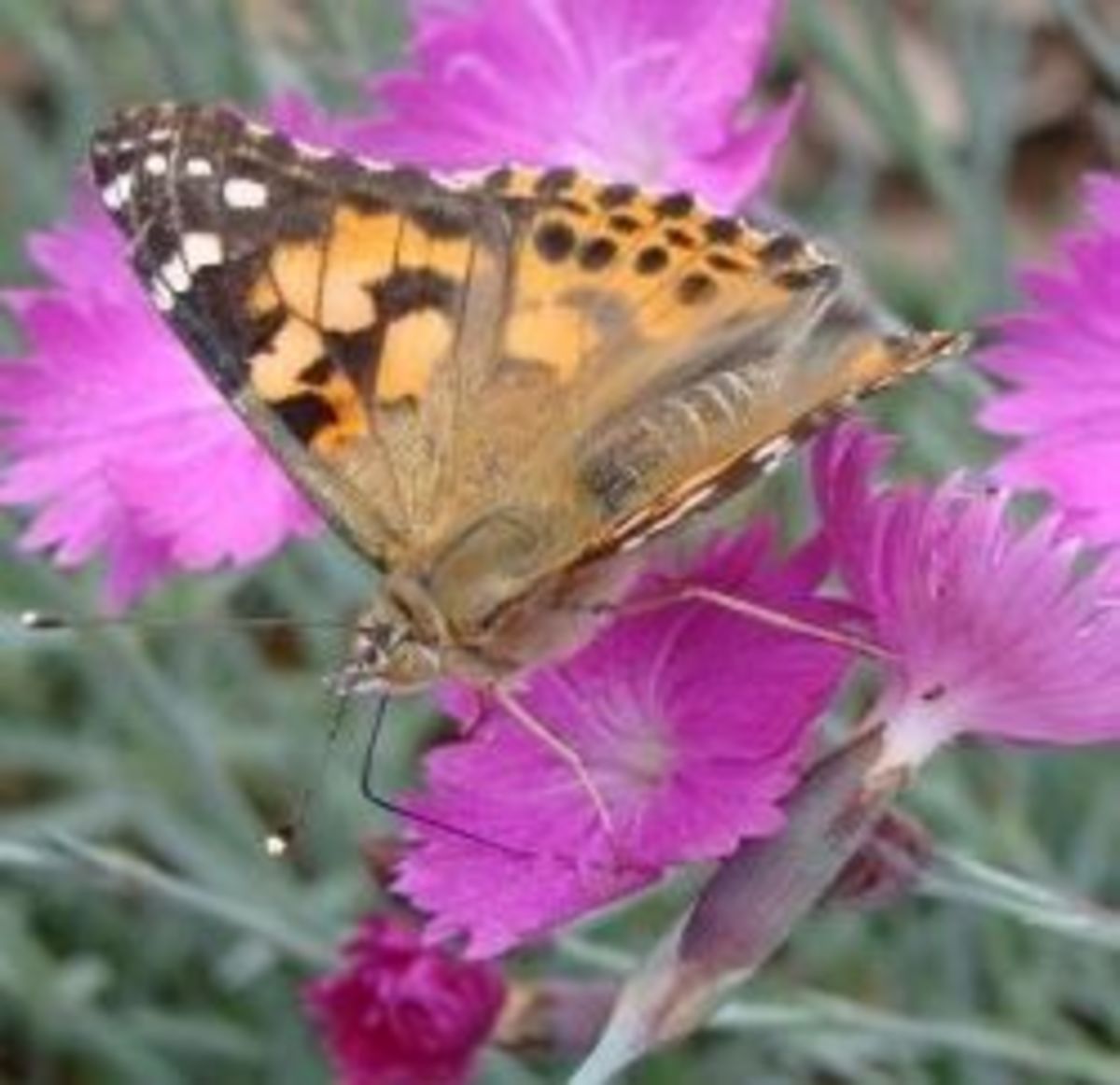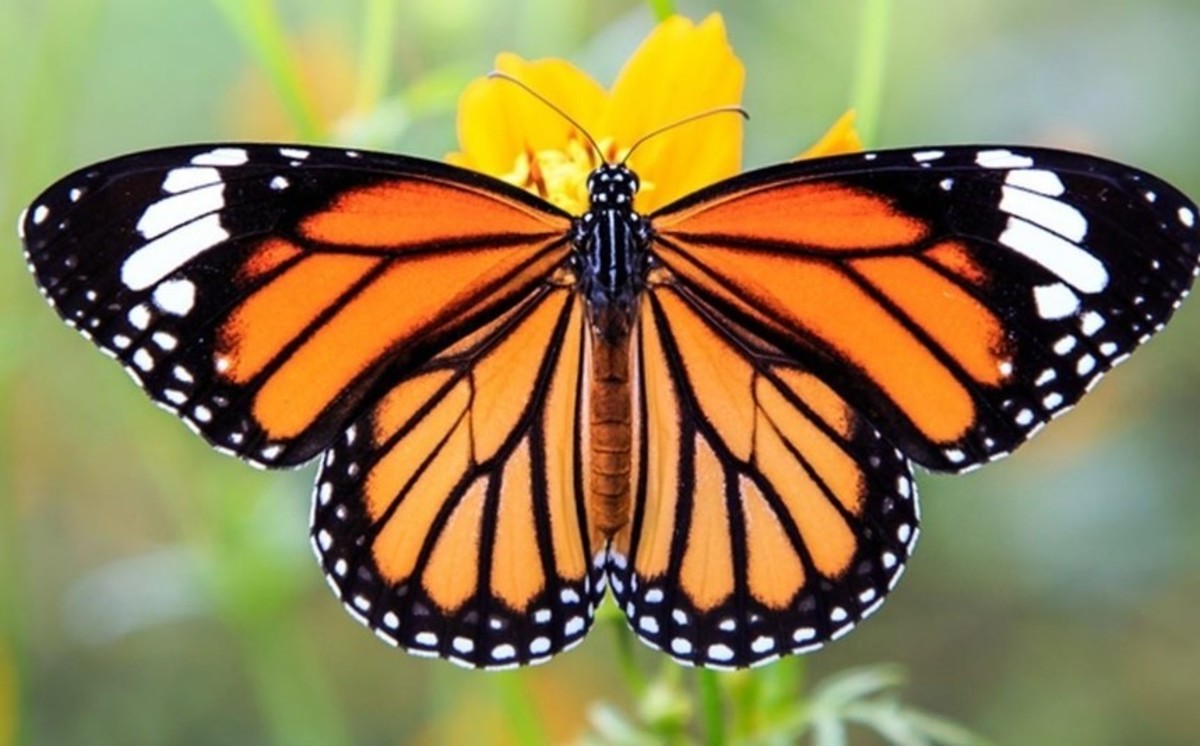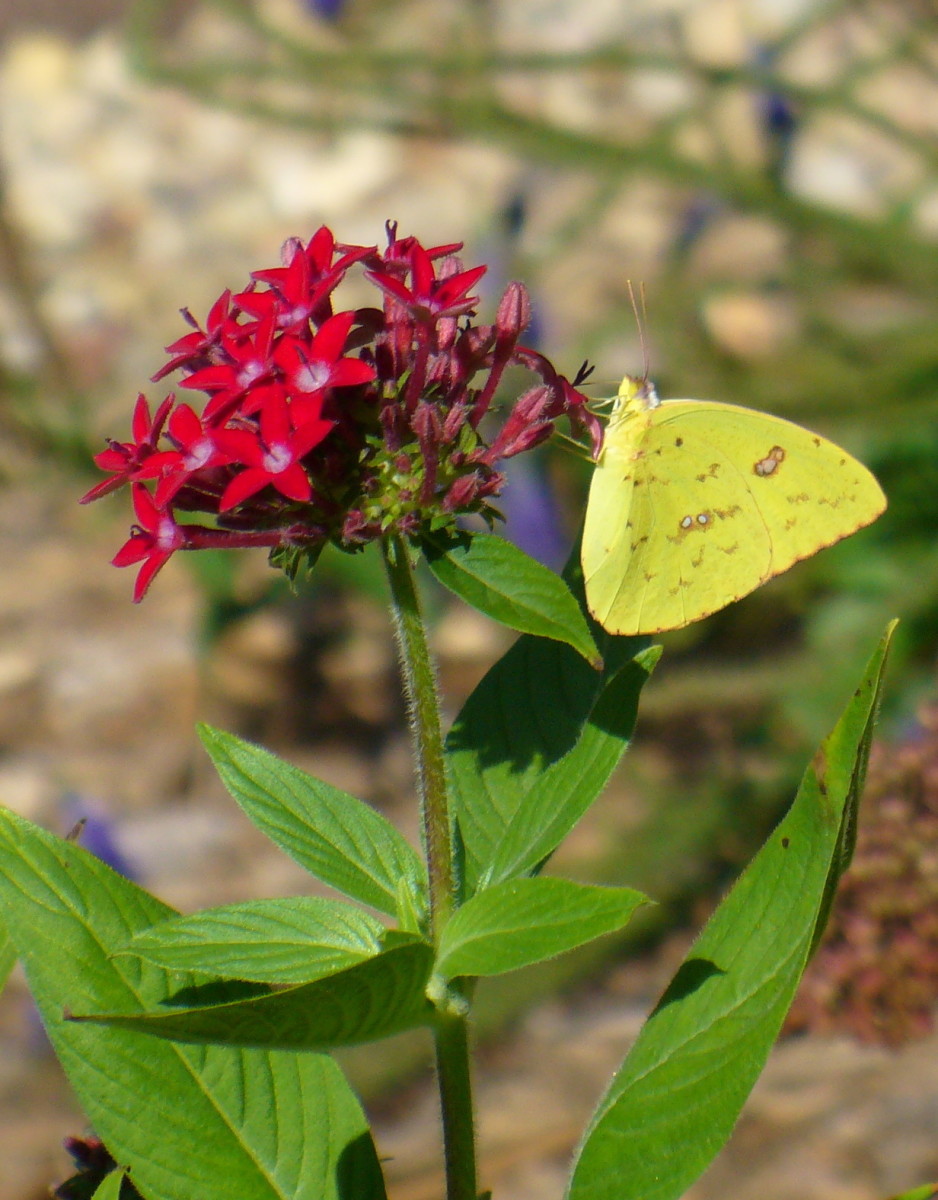- HubPages»
- Education and Science»
- Life Sciences»
- Entomology»
- Insects & Bugs
Monarchs and Milkweed
Monarch on Wild Asters
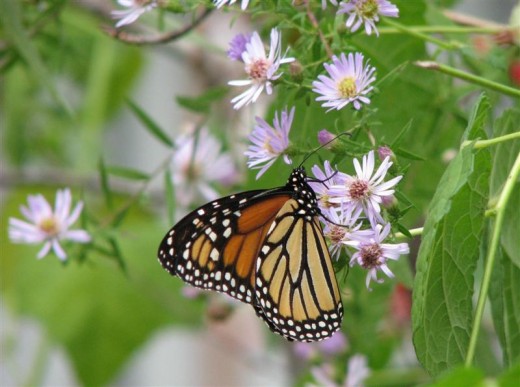
Antelope Horn or Spider Milkweed
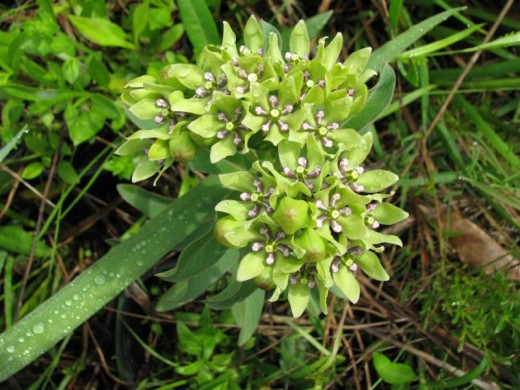
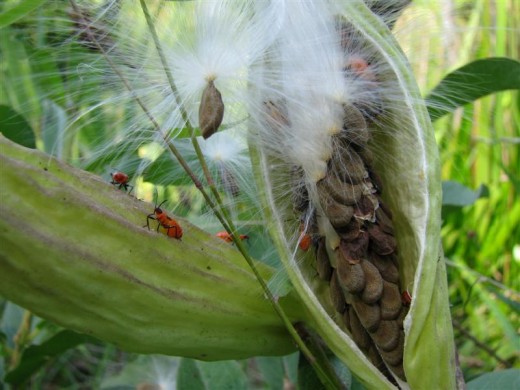
Milkweed Attracts Monarch Butterflies
If you grow a member of the Milkweed family in your garden, sooner or later Monarch Butterflies, Danaus plexippus, will appear. There are many members of the milkweed family in North America. I will focus on some of those which are native to Louisiana as well as a tropical variety that has naturalized throughout the south.
Monarch butterflies once were common, but in recent years, numbers have decreased due to habitat destruction and cold weather conditions in their wintering grounds in Mexico. Destruction of their larval food plant, the milkweed here in their breeding grounds has also contributed to the decrease.
Many people are creating butterfly gardens, with Monarchs in mind. This means they plant Asclepias spp. or some other members of the Asclepiadaceae family like the Matelea spp.
I hope to acquaint you with native southern varieties of milkweed as well as the showy tropical Mexican Milkweed. On this page you'll find plenty of pictures of Monarch butterflies, their life cycle and their larval food plant. I believe you'll find enough information so that you can plant your own Butterfly Garden.
Native Southern Milkweeds
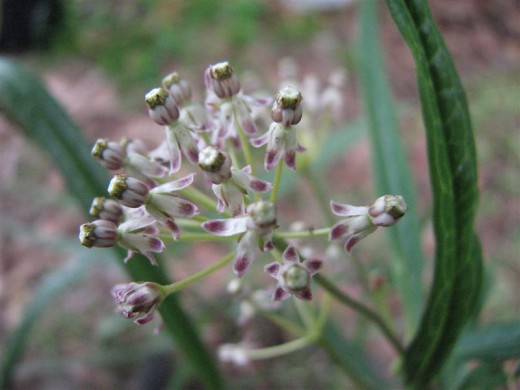
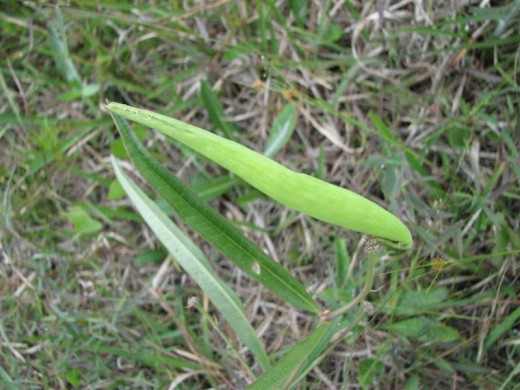
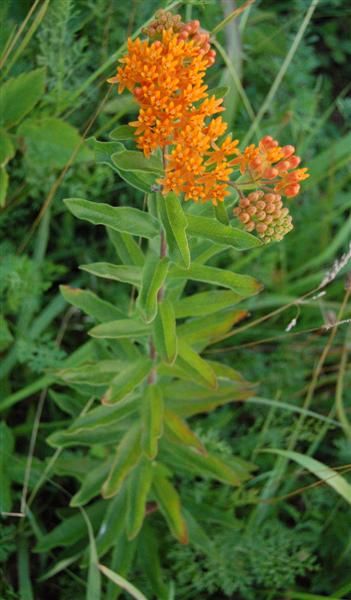
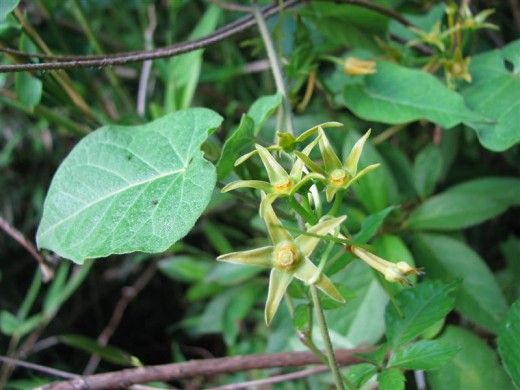
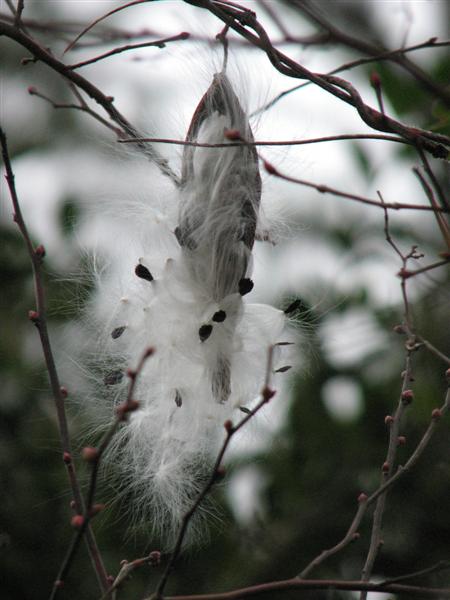
Native Milkweeds of Louisiana
The botanical name for the Milkweed family is Asclepiadaceae. It includes many perennial plants and vines, most of which have milky sap. The most prominent of the Asclepiadaceae family are members of the Asclepias spp., which includes both the native and tropical Butterfly Weed.
Another genus, which contains many Milkvine species is Matelea. In Louisiana, the Anglularfruit Milkvine is a common woodland Monarch host plant.
Here are my most favorite native milkweeds.
Spider Milkweed, Green Antelopehorn, Asclepias viridis
A native milkweed with attractive clusters of flowers and a very long taproot. It grows in the pine land savannas of Louisiana and the south. It grows well from seed and can grow in moist conditions.
Longleaf Milkweed, Asclepias longifolia
As the name says, this milkweed has very long leaves and a very long seed pod, too. This one also grows in the pine land savannas of the south. It's flowers are attractive enough for any garden.
Butterfly Milkweed, Asclepias tuberosa
Our native Butterfly Milkweed is drop dead gorgeous. Down here in south Louisiana, it is sometimes hard to grow because it likes it more on the dry and cool side. But for those in the mid and upper south, it really puts on a show.
Angularfruit milkvine, Matelea gonocarpos
This milkvine has heart shaped leaves and yellow star shaped flowers. The seed pod opens in late winter to disperse the seeds. It is easy to grow from seeds and does well in part shade areas which mimic woodland edges.
Milkweed Books
Tropical Milkweed
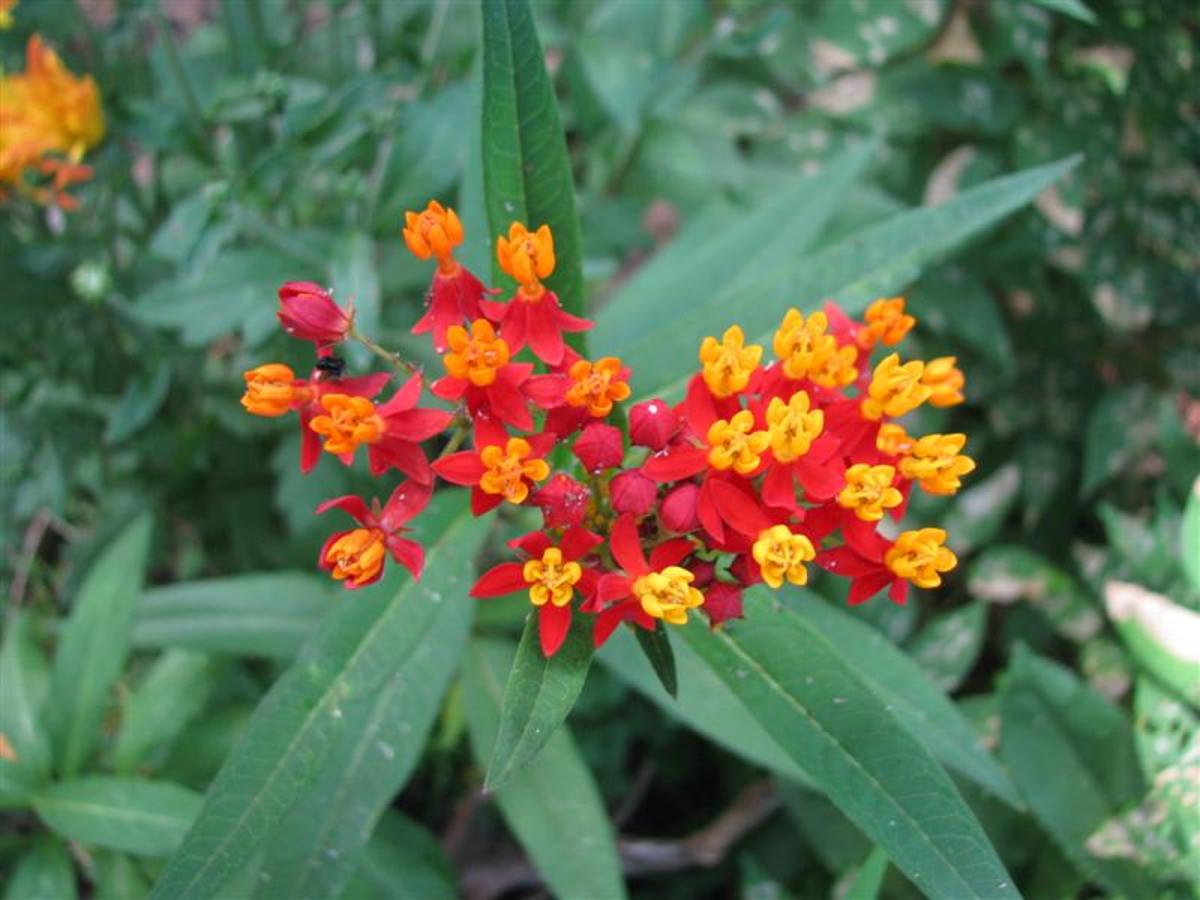
Asclepias curassavica
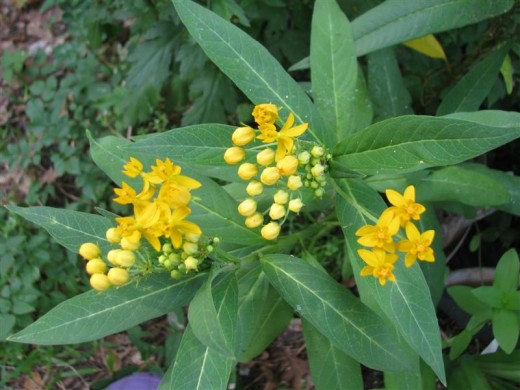
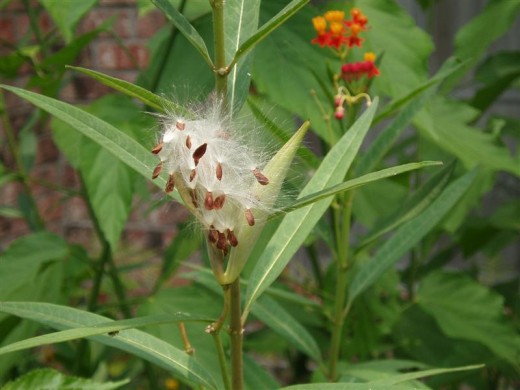
Tropical Milkweed Varieties
Mexican Milkweed, Blood Weed, Scarlett Milkweed
Asclepias curassavica is an easy to grow colorful tropical milkweed that has naturalized throughout the south. The regular one has red and orange flowers and there is also a golden yellow cultivar available.
In Louisiana, it dies back during winter freezes and usually comes back in the spring.
Milkweed Seedlings

Propagating Milkweed
It is easy to start from seed. Just gather the seed pods and remove the fluff from the seeds. Sprinkle the seeds on good soil and cover with about 1/8 inch of soil. Keep them moist during germination.
They grow fast in warm temperatures, so before you know it, you will have plenty of milkweed growing to feed the Monarch larvae of the butterflies that are moving to or from their wintering grounds.
Cuttings of the plant can be rooted in water or in hydrated soil polymers and soil. Keep the cuttings moist and in shade until they have rooted completely.
How to Plant Milkweed Seeds Video
Monarch Butterfly Poll
Have Monarch Butterfly numbers decreased in your area?
Monarch on Purple Verbena
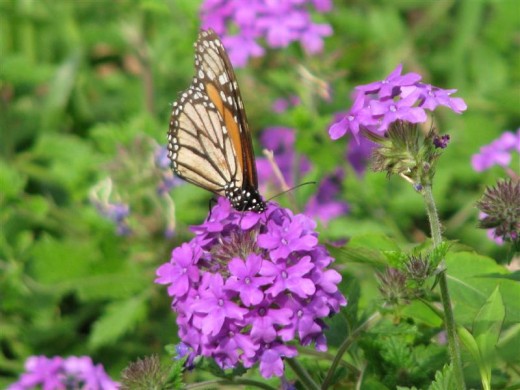
Monarchs on Nectar Plants
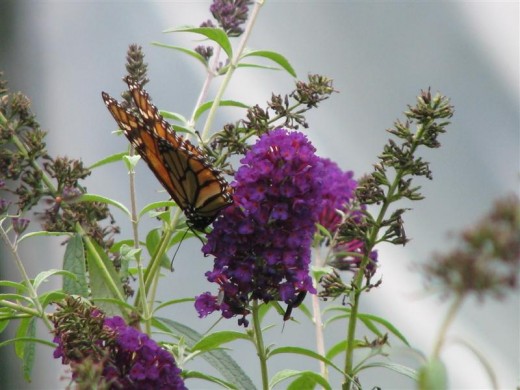
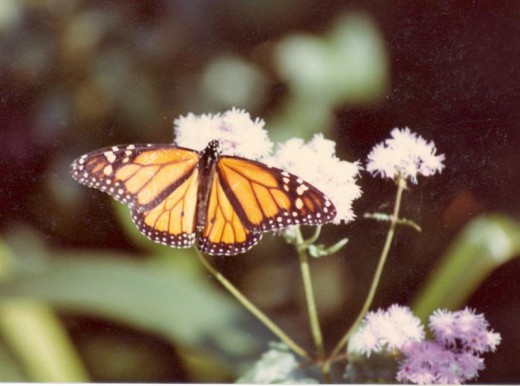
Favorite Nectar Plants
Some of the favorite nectar plants for Monarchs include the following:
- Milkweeds, Asclepias spp.
- Asters, Aster spp.
- Butterfly bush, Buddleia davidii
- Sedums, Sedum spp.
- Verbenas, Verbena spp. and hybrids
- Ironweeds, Vernonia spp.
- Ham and Eggs and other Lantana spp.
Monarch Butterfly on Lantana
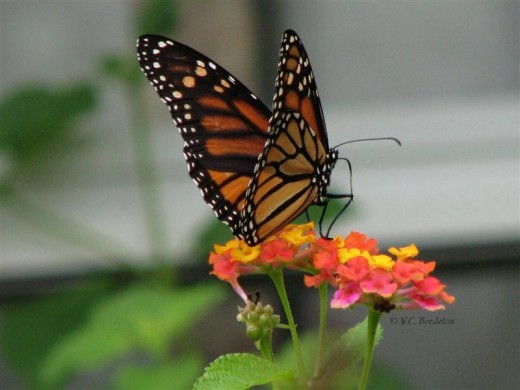
Caterpillar to Chrysalis
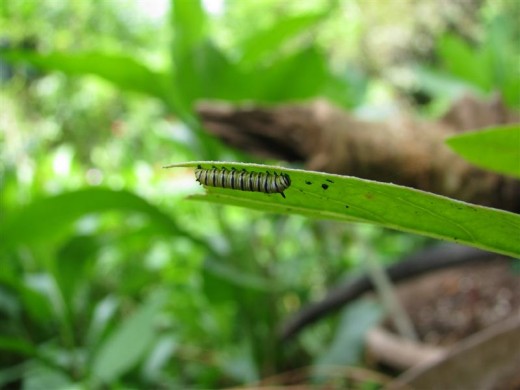
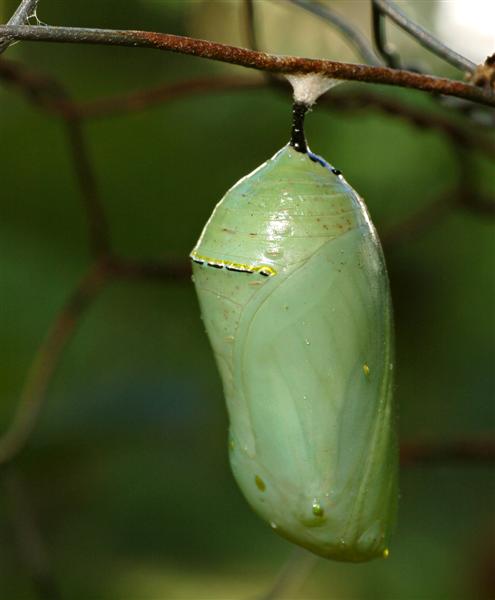
Monarch Butterfly
Like any butterfly, the metamorphosis from larvae to butterfly is a magical process. The chrysalis of the monarch is especially beautiful and jewel like and the striped caterpillars are also quite attractive. It begins with a tiny egg and then a tiny caterpillar grows and turns into a creature of such beauty.
Here in south Louisiana, we only see a couple of Monarchs in the spring. This year we had some caterpillars in April, but I didn't see them change into a chrysalis.
Traditionally, August and September are the months when we see many Monarchs as they make their way back down from the north, laying eggs and then moving on. My milkweed is usually big and tall by then, ready to feed the hungry caterpillars.
The video below is wonderful. It shows a time lapse of the metamorphosis, with text explaining each step. I hope you enjoy it.


